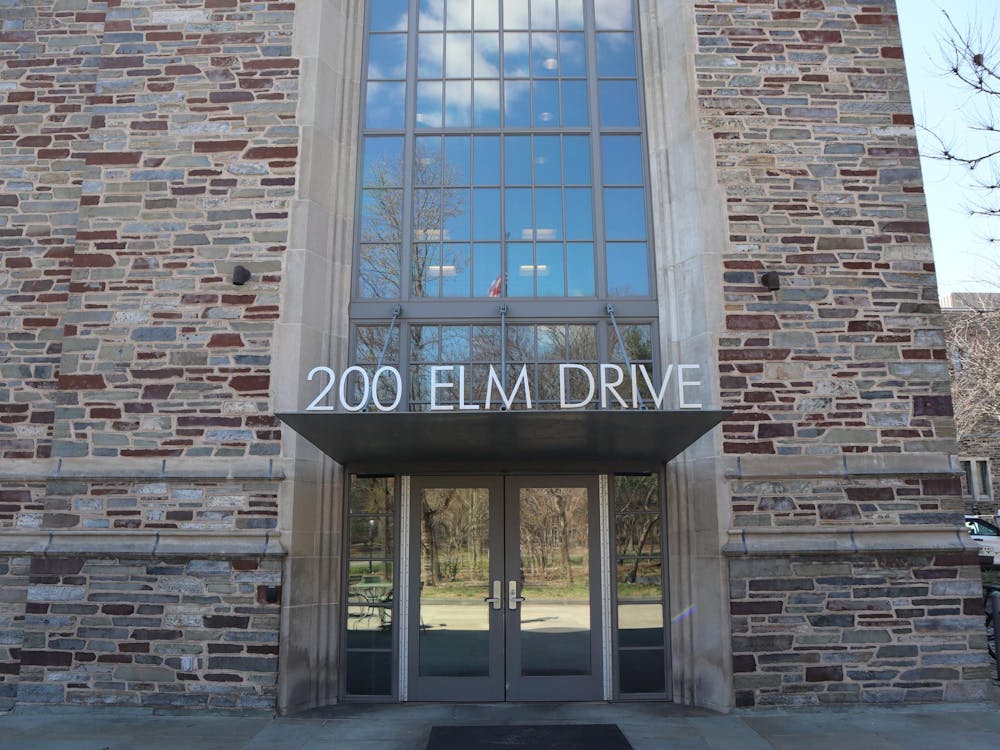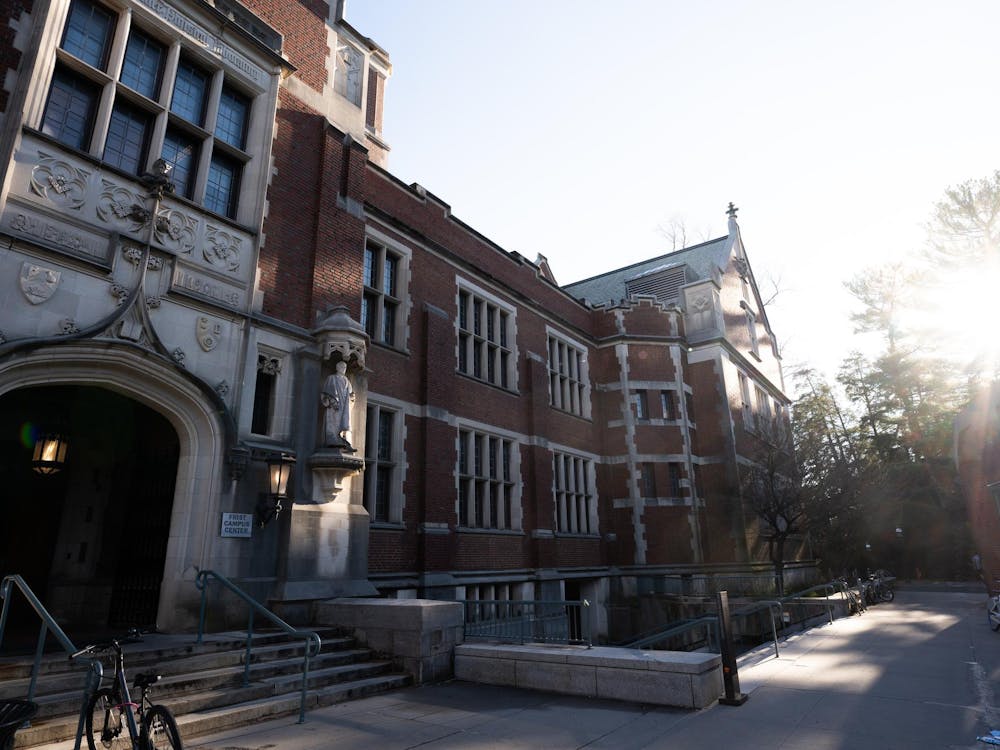Of all the tigers at the Oct. 20 Frist Campus Center dedication, the most controversial will be two tiger skeletons now moving to the new building from an exhibit in Guyot Hall's Museum of Natural History.
The Guyot exhibit, a gift from the Class of 1927, is titled "The Leaping Tiger and the Saber-Tooth: A Study in Comparative Anatomy," and contrasts the skeleton of a Bengal tiger with the 28,000-year-old skeleton of a Smilodon, or Saber-Tooth, tiger from which the Bengal evolved.
The tigers' displacement follows the University's decision this summer to close and relocate the natural history museum — a move that geosciences professors and alumni said indicated a lack of respect for the department.
Geosciences professor emeritus William Bonini said the University hired Phil Fraley Productions — a company renowned for mounting a $8.36-million Tyrannosaurus Rex called 'Sue' for The Field Museum in Chicago — to move the skeletons.
The tiger skeletons officially are "on loan" from the geosciences department for an indefinite period of time, Bonini said.
When President Shapiro's office requested the tigers, faculty members in the geosciences department stipulated certain conditions for the move in a memorandum.
"The memorandum cites the fact that [the skeletons] are valuable, museum-quality items, and that because it's an exhibit in comparative anatomy, they should not be split," Bonini said, responding to the University's original request for only one of the tigers.
Geosciences professor Lincoln Hollister said he worries, however, that moving the tiger skeletons — coupled with the University's closing of the natural history collection — suggests a lack of appreciation for the museum.
The University closed the museum Sept. 4 to create office space for the Princeton Environmental Institute and plans to move the exhibits to a more modern location.
"The University is trashing the idea of a museum," Hollister said. "A museum is a public place where people can go and contemplate ideas like evolution and extinction. We haven't seen that the space they will find will be a public place."
Robin Martin '75, who majored in geology, said she opposes any change to the museum, but especially disagrees with the tigers' move.
"I think it's a really bad idea. The exhibits are scientific. They're not curiosities," Martin said. "When they get moved [to a place like the campus center], they become a curiosity, like a mascot."

The tigers will be displayed in a case in Frist with two bronzed sculptures to demonstrate how the tigers would look in real life, along with a short explanation comparing the two cats. Bonini said the case also may have a special shade to protect the bones from sunlight.
As Phil Fraley Productions prepares the two skeletons for the move, the area where they now reside in Guyot is roped off with caution tape.
A note explains: "As you can see, the cats are being prepared for movement to Frist. The individuals you see working on the display are extremely qualified to perform the task . . . Due to the fragileness of the displays, the contractor must concentrate on the task at hand, and cannot answer questions."
But Hollister said he still considers the move a dangerous trivialization of the exhibit.
"It's like taking a Monet out of the art museum and hanging it in the Frist Center because it looks nice," Hollister said. "If you were a drunken Yale student . . . would you be more likely to vandalize a tiger which is a symbol in a student center, or a tiger in a museum in an educational setting?"








